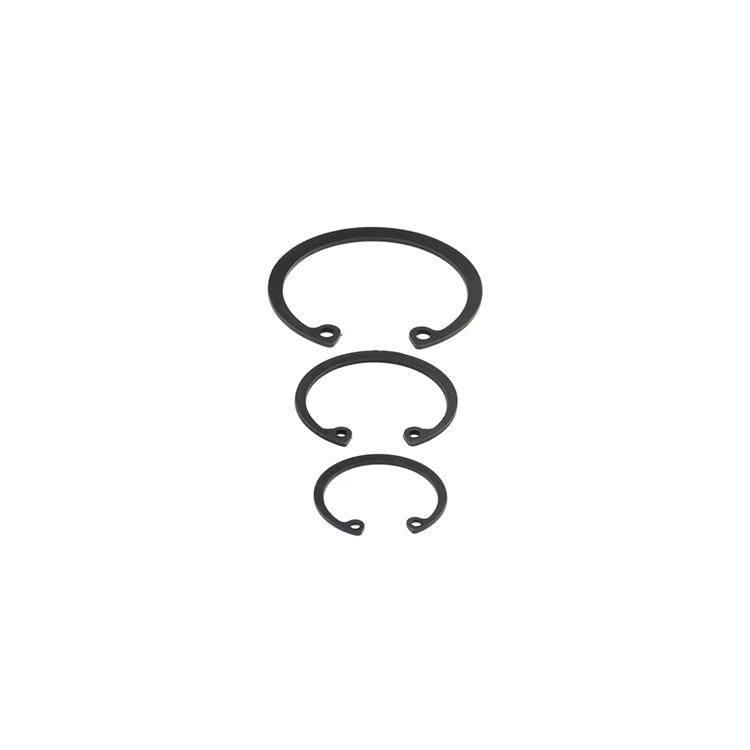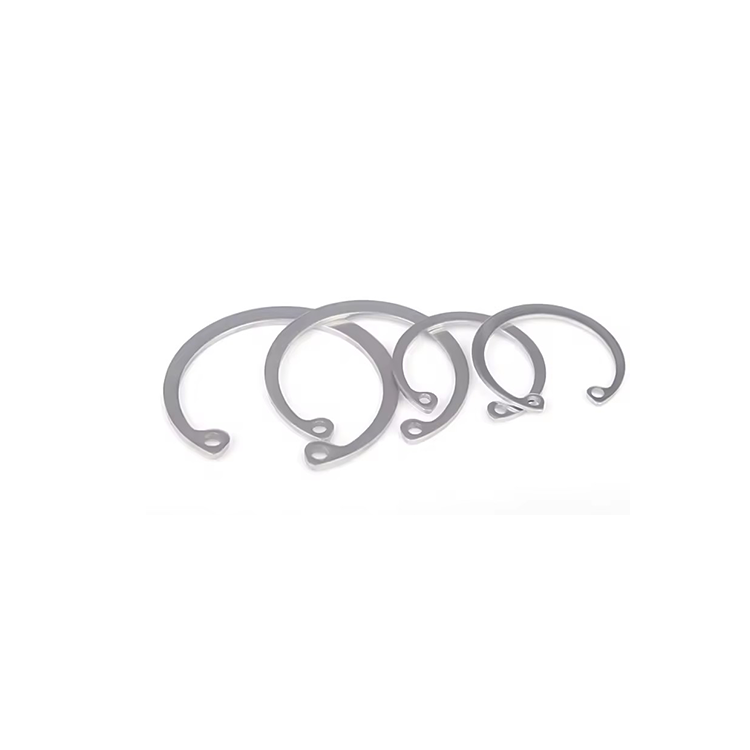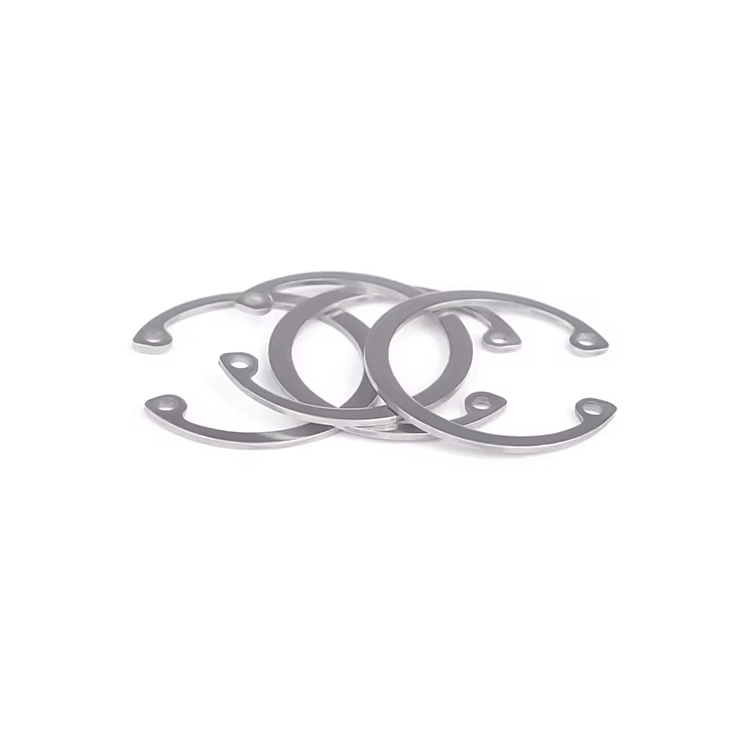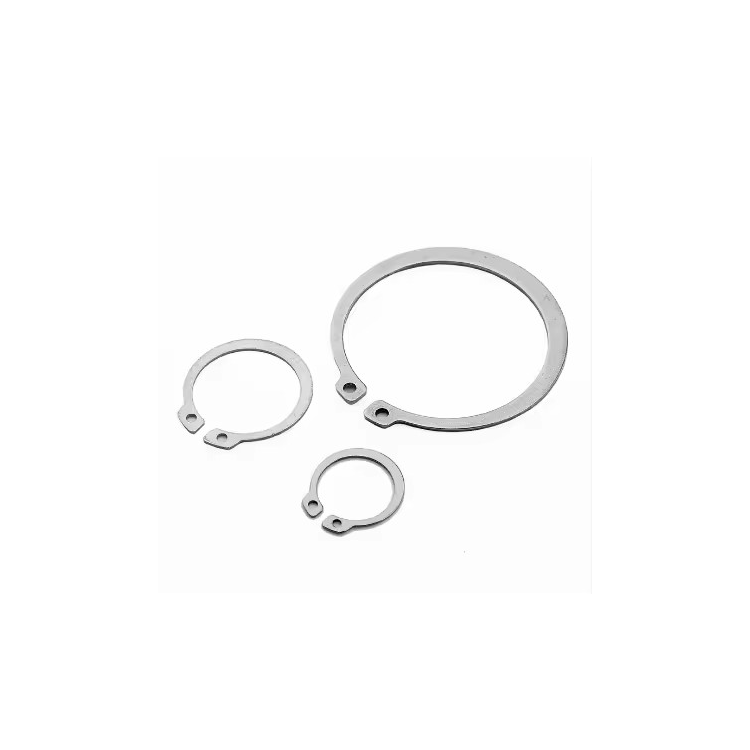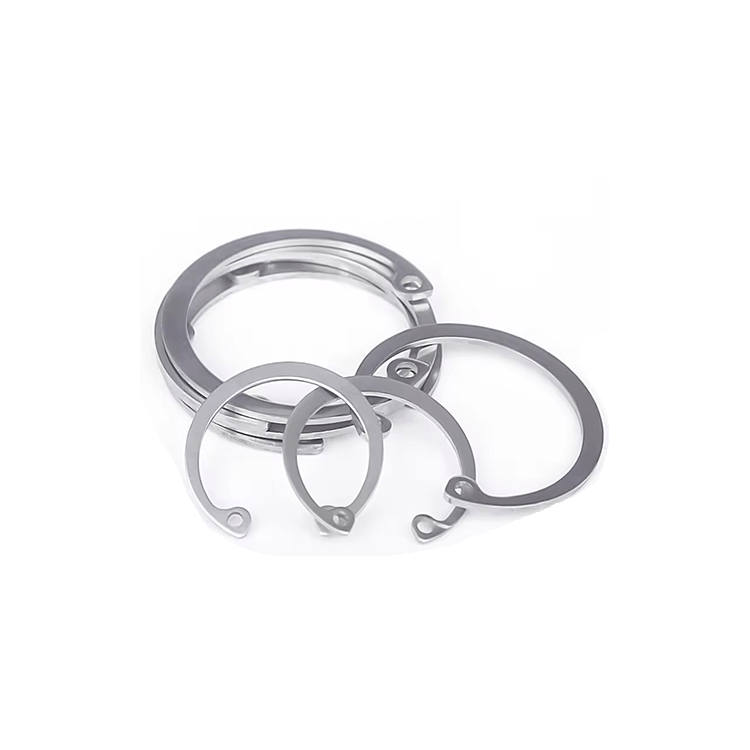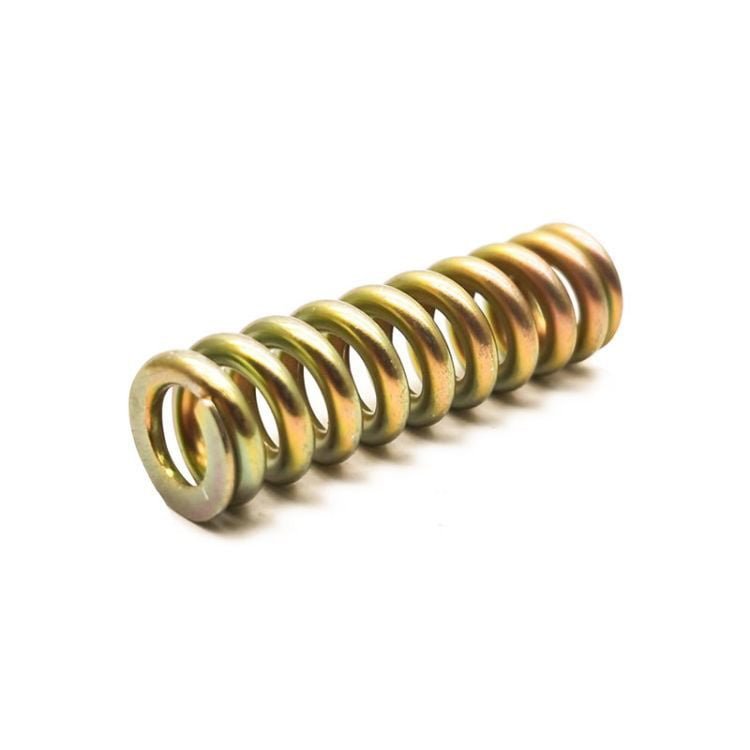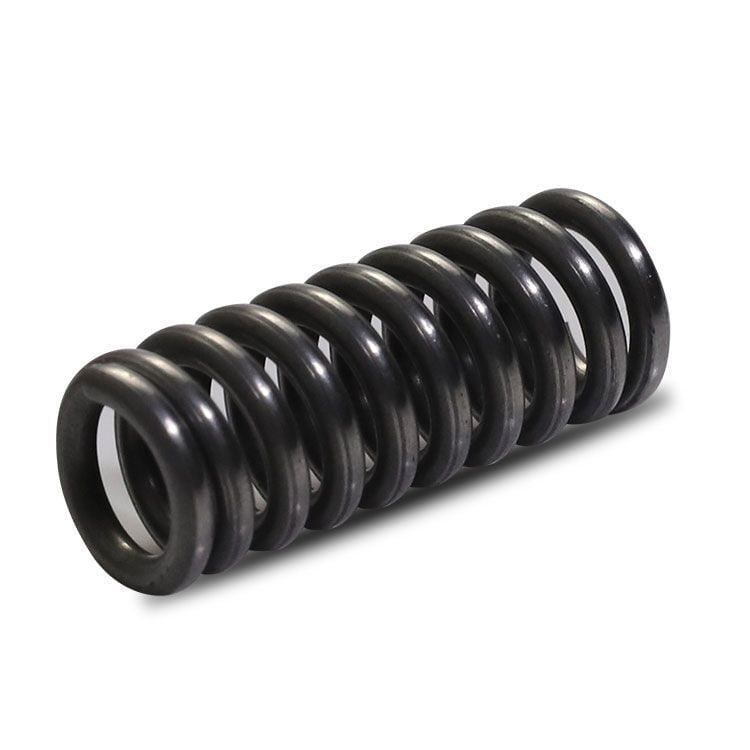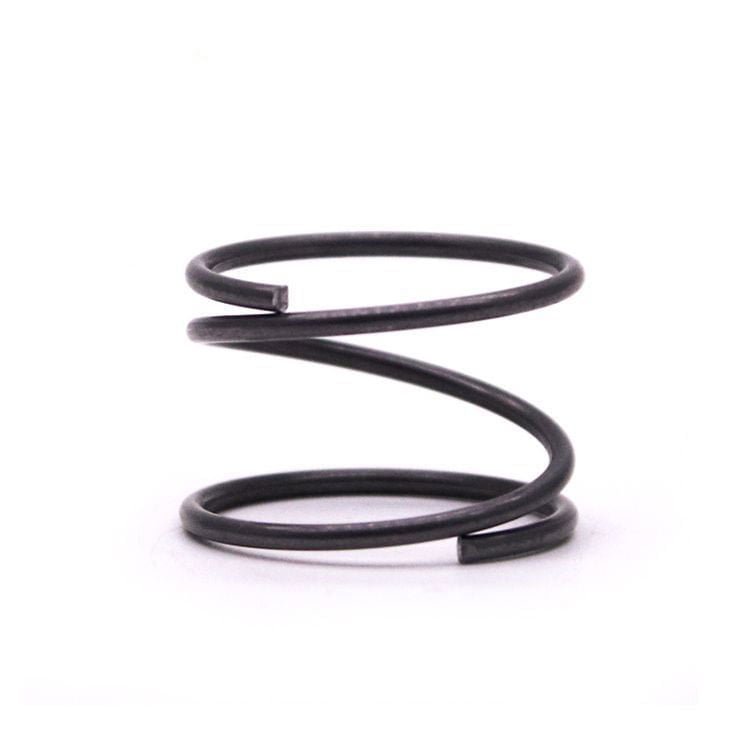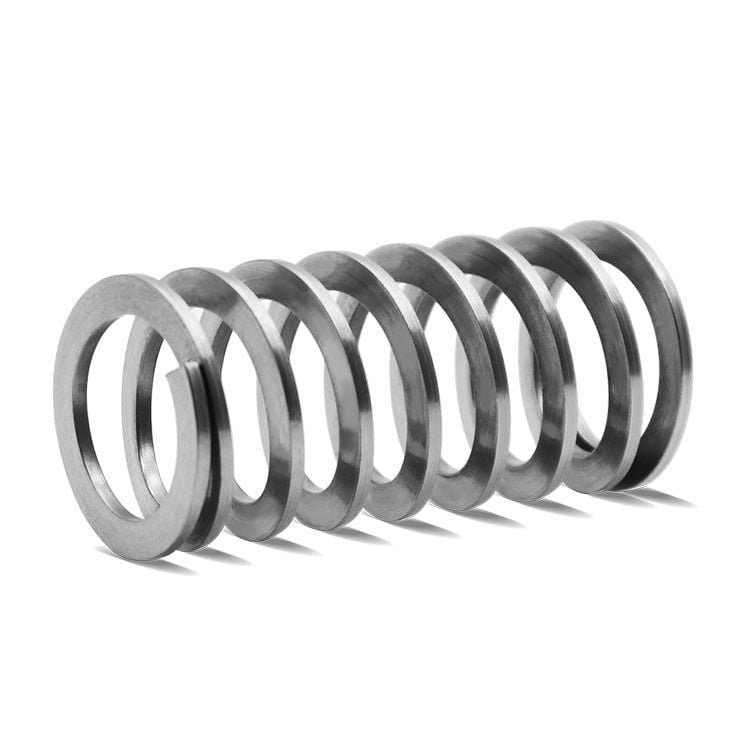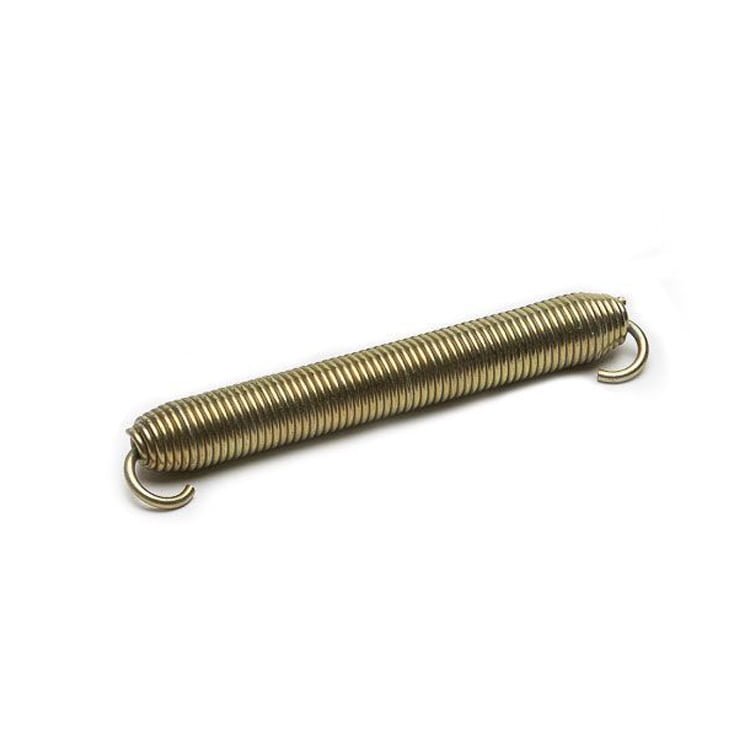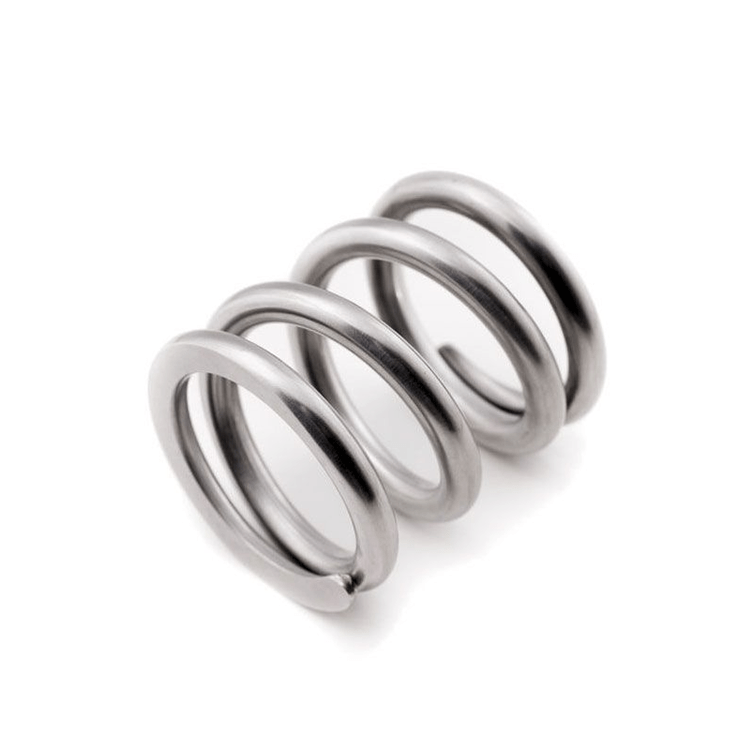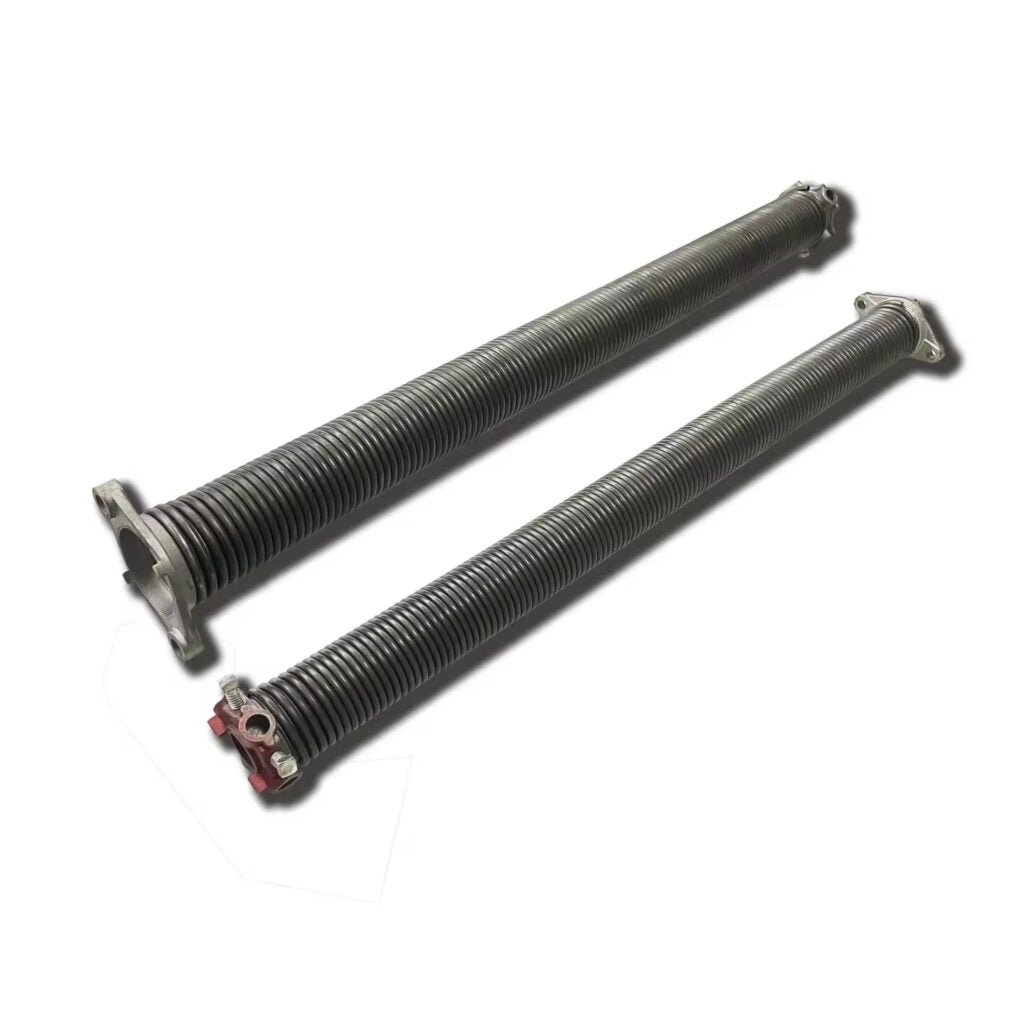2 Inch snap ring
A 2 Inch snap ring is a kind of fixing device commonly used in mechanical assemblies. The diameter of this snap ring is approximately 2 inches, and it is suitable for components of corresponding size. It is usually made of high-quality materials to ensure its durability, wear resistance and corrosion resistance.
The design of the 2 Inch snap ring is convenient for installation and disassembly, providing a convenient solution to ensure and keep the components in place. It can be used in a wide range of applications, including automotive engines, industrial machinery and various mechanical systems.
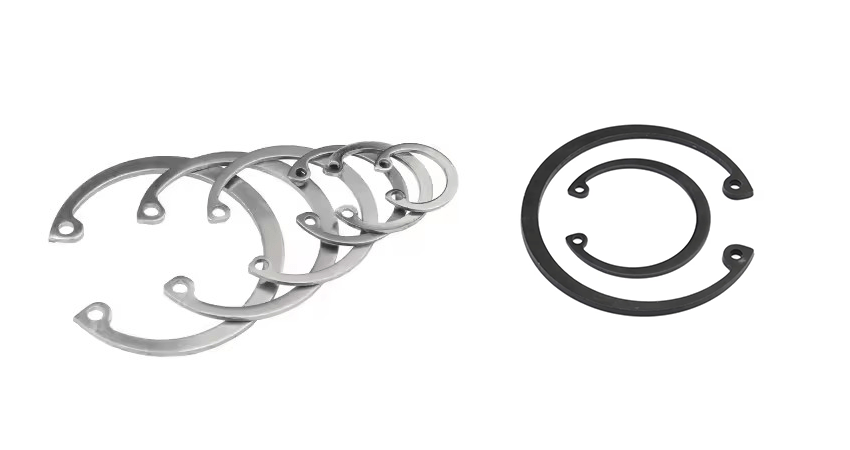
One of the main characteristics of this kind of snap ring is that it can provide a reliable and safe fit, which helps to prevent the axial movement of the components and maintain the integrity of the components. When choosing a 2-inch snap ring, factors such as materials, load-bearing capacity and specific requirements of the application should be fully considered to ensure its optimal performance and lifespan.
A 2 Inch snap ring is a metal ring used to fix shafts or holes. It maintains its position or prevents parts from falling off through its elastic deformation. It is widely used in mechanical equipment, such as bearings, gears, transmission devices, etc., for fixing or protecting key components.
Material and Performance
- Material: Snap rings are usually made of materials such as spring steel with good elasticity and wear resistance.
- Performance: It is required to have good elasticity, fatigue resistance and corrosion resistance to ensure stable performance during long-term use.
Several factors need to be noted when choosing a 2 Inch snap ring:
- Material: Consider the material of the 2 inch snap ring. Commonly used materials include carbon steel, stainless steel and alloy steel. Carbon steel has good cost-effectiveness, but its corrosion resistance may not be as good as that of stainless steel. Stainless steel is suitable for environments with corrosion problems.
- Load capacity: Determine the magnitude of the load or force that the snap ring needs to withstand, which depends on the degree of application and the components it will hold.
- Corrosion resistance: If the working environment is corrosive, it is necessary to choose a snap ring with good corrosion resistance.
- Installation method: Consider how to install the snap ring. Depending on the design and available tools, some may be easier to install than others.
- Tolerance and fit: Ensure that the snap ring has the correct dimensions and fits snugly into the intended groove.
- Brand and quality: Choose a reputable brand known for producing high-quality snap rings, which can improve the reliability and service life of the component.
- Cost: Although cost is a factor, it should not be the sole determining factor. Prioritize the quality and suitability of the application rather than the low price.
Purpose:
The main function of the 2 inch retaining ring is to ensure that the components in mechanical equipment remain stable in the predetermined position and prevent loosening or falling off due to vibration, shock or other external factors.
Precautions:
- Selection and Installation: When choosing and installing 2 Inch snap ring, it is necessary to select the appropriate specifications and models according to the specific application scenarios and requirements, and follow the relevant installation guidelines and specifications.
- Quality Control: To ensure the quality and performance of the snap rings, it is recommended to choose suppliers and products with quality guarantees, and conduct necessary quality inspections and tests.
A 2 Inch snap ring is a metal ring used for fixing or positioning parts, with a wide range of application scenarios and important functions. When choosing and using it, attention needs to be paid to requirements in aspects such as specifications, materials and performance to ensure that it can meet actual needs and maintain stable performance. By carefully considering these factors, you can choose a 2 inch retaining ring that meets the specific requirements of the project and ensure the normal operation and safety of the equipment.
